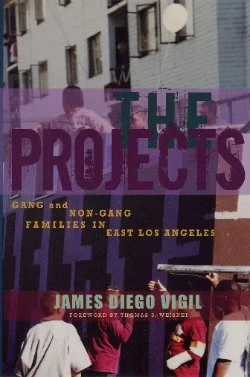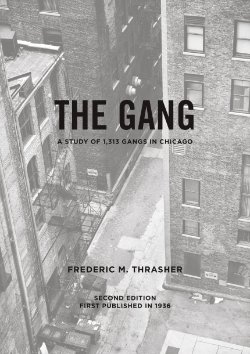By Irving A. Spergel
Every day there are new stories of gang-related crime: from the proliferation of illegal weapons in the streets and children dealing drugs in their schools, to innocent bystanders caught in the crossfire of never-ending gang wars. Once considered an urban phenomenon, gang violence is permeating American life, spreading to the suburbs and bringing the problem closer to home for much of America. The government, schools, social agencies, and the justice system are conspicuous by their sporadic interest in the subject and have failed to develop effective policies and programs. Existing social support mechanisms and strategies for suppressing violence have often been unsuccessful. And, state and federal policy is largely nonexistent.In The Youth Gang Problem: A Community Approach, Irving Spergel provides a systematic analysis of youth gangs in the United States. Based on research, historical and comparative analysis, and agency documents and the author's extensive first-hand experience, the work explores the gang problem from the perspective of community disorganization, especially population movement, and the plight of the underclass. It examines the factors of gang member personality, gang dynamics, criminal organization, and the influence of family, school, prisons, and politics, as well as the response of criminal justice agencies and community groups.
-
Spergel describes techniques used by social agencies, schools, employment programs, criminal justice agencies, and grass-roots organizations for dealing with gangs, and recommends strategies that emphasize the use of local resources, planning, and collaborative procedures.There is no single strategy and no easy solution to the youth gang problem in the United States. There are, however, substantial steps we can take, and they must be honestly and systematically tested. Offering a practical and alternative approach to a serious social problem, The Youth Gang Problem: A Community Approach is a major and long-awaited contribution to this dilemma. It is required reading for criminal justice personnel, school staff, social workers, policy makers, students and scholars of urban and organizational sociology, and the general reader concerned with the youth gang problem and how to control, intervene, and prevent it.
Oxford, UK; New York: Oxford University Press, 1995. 368p.





















